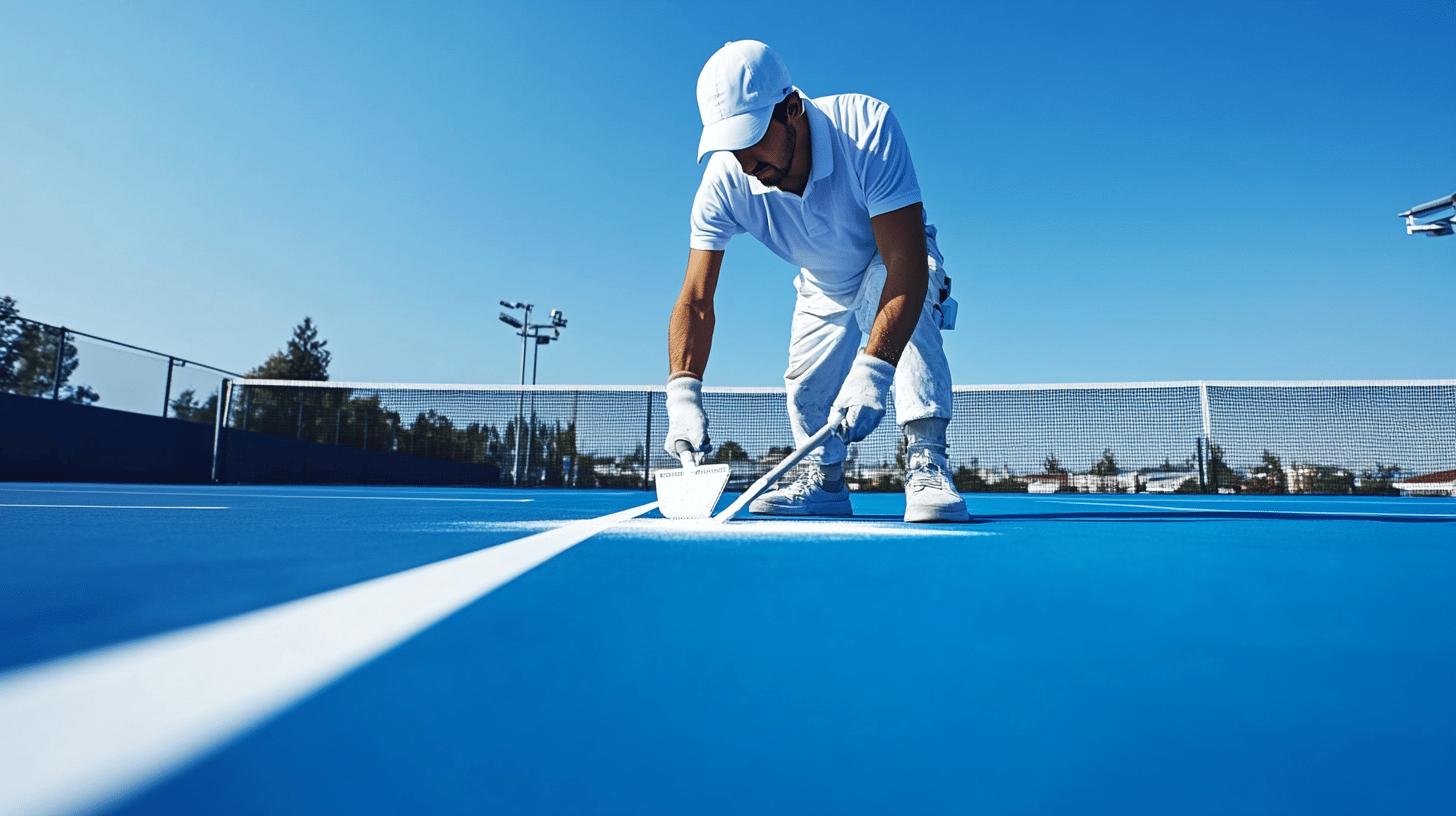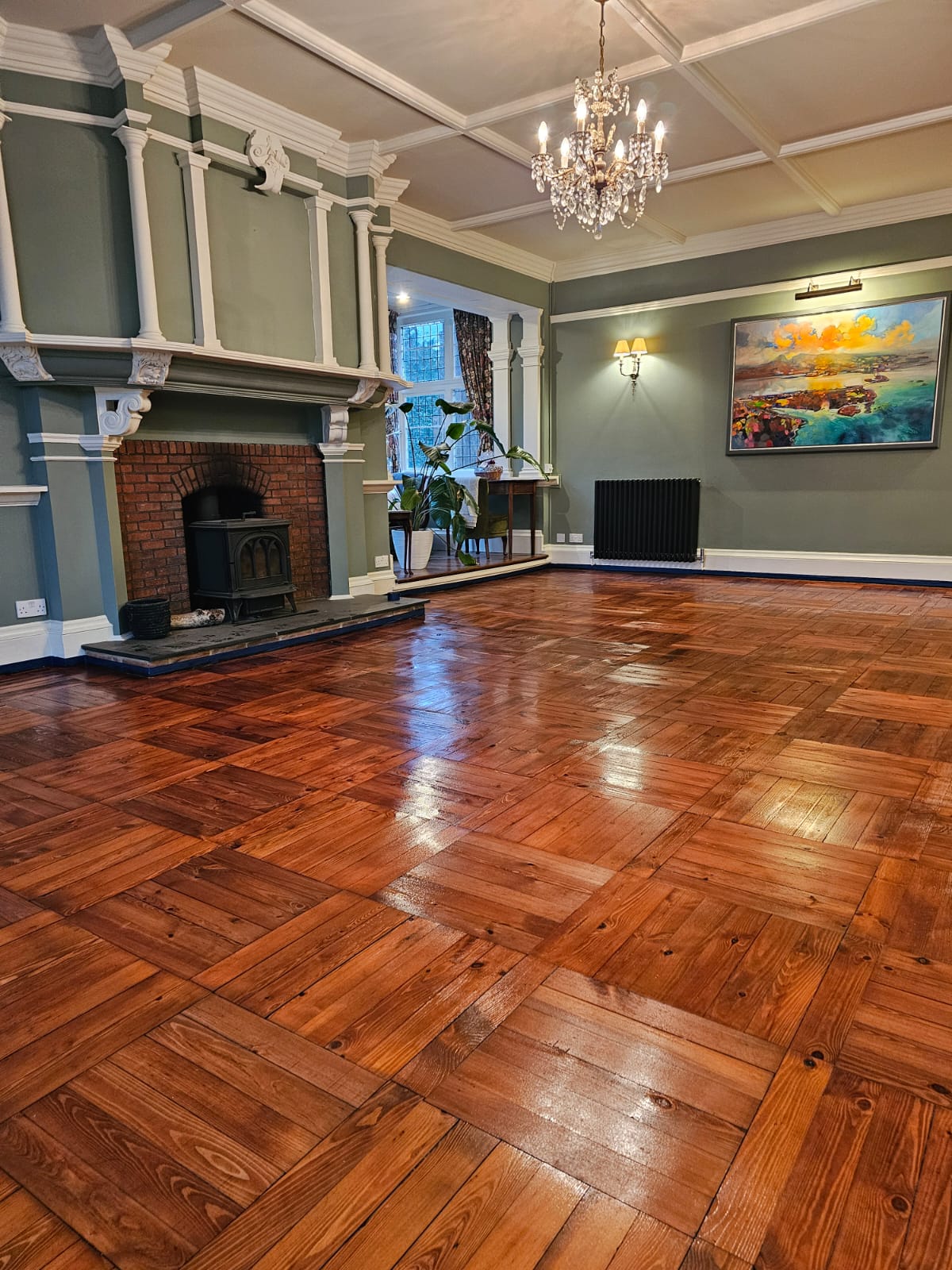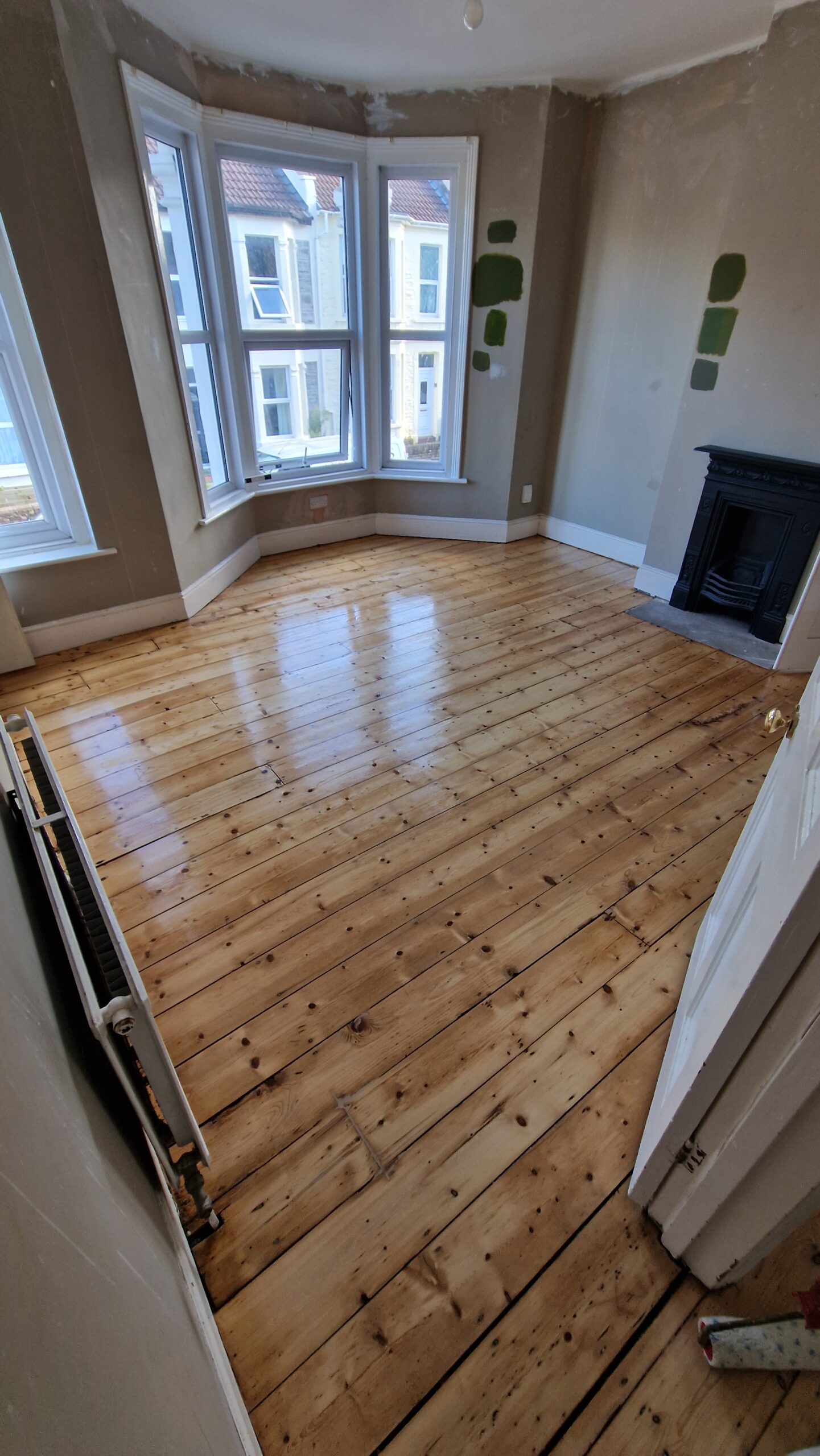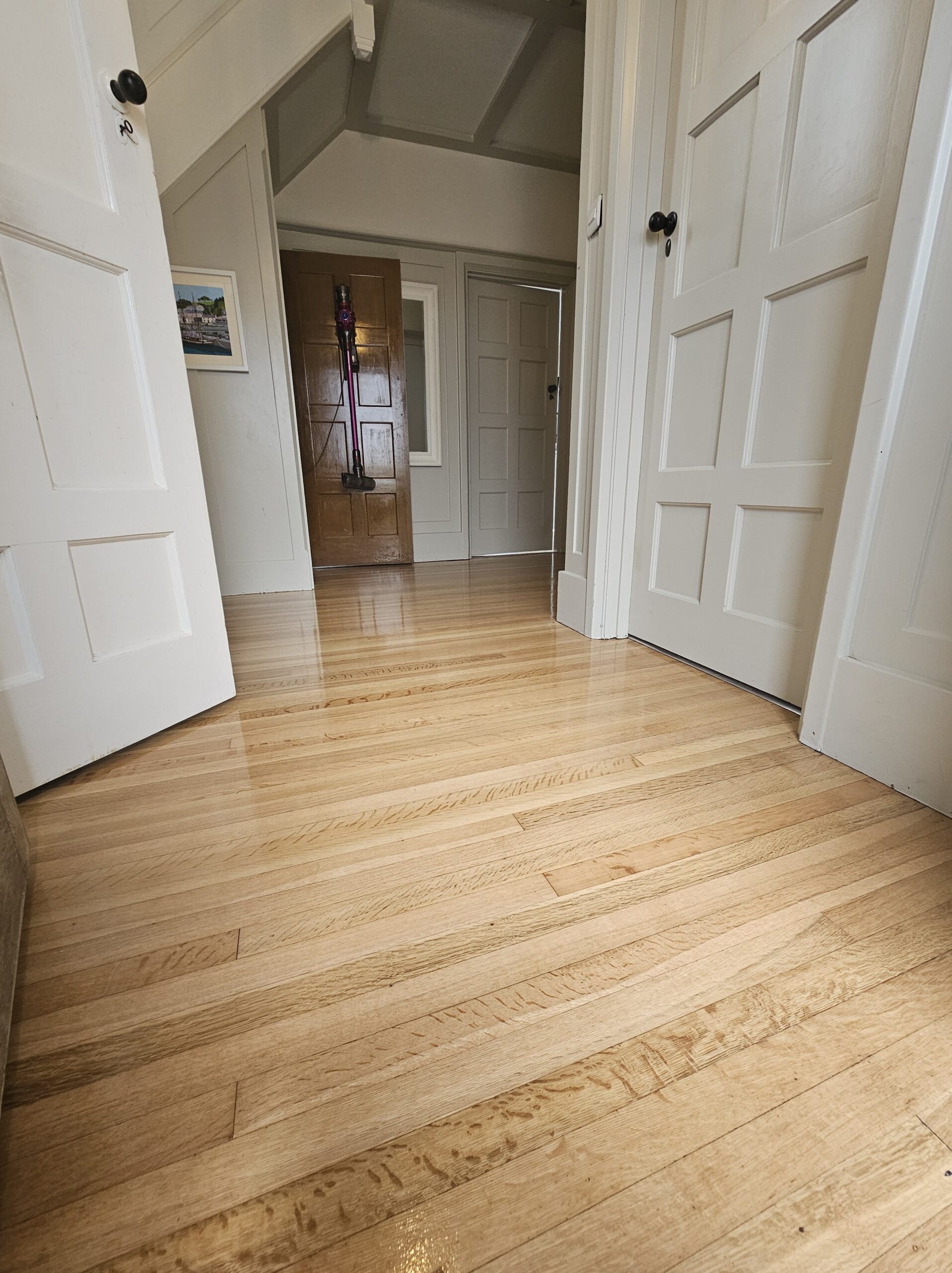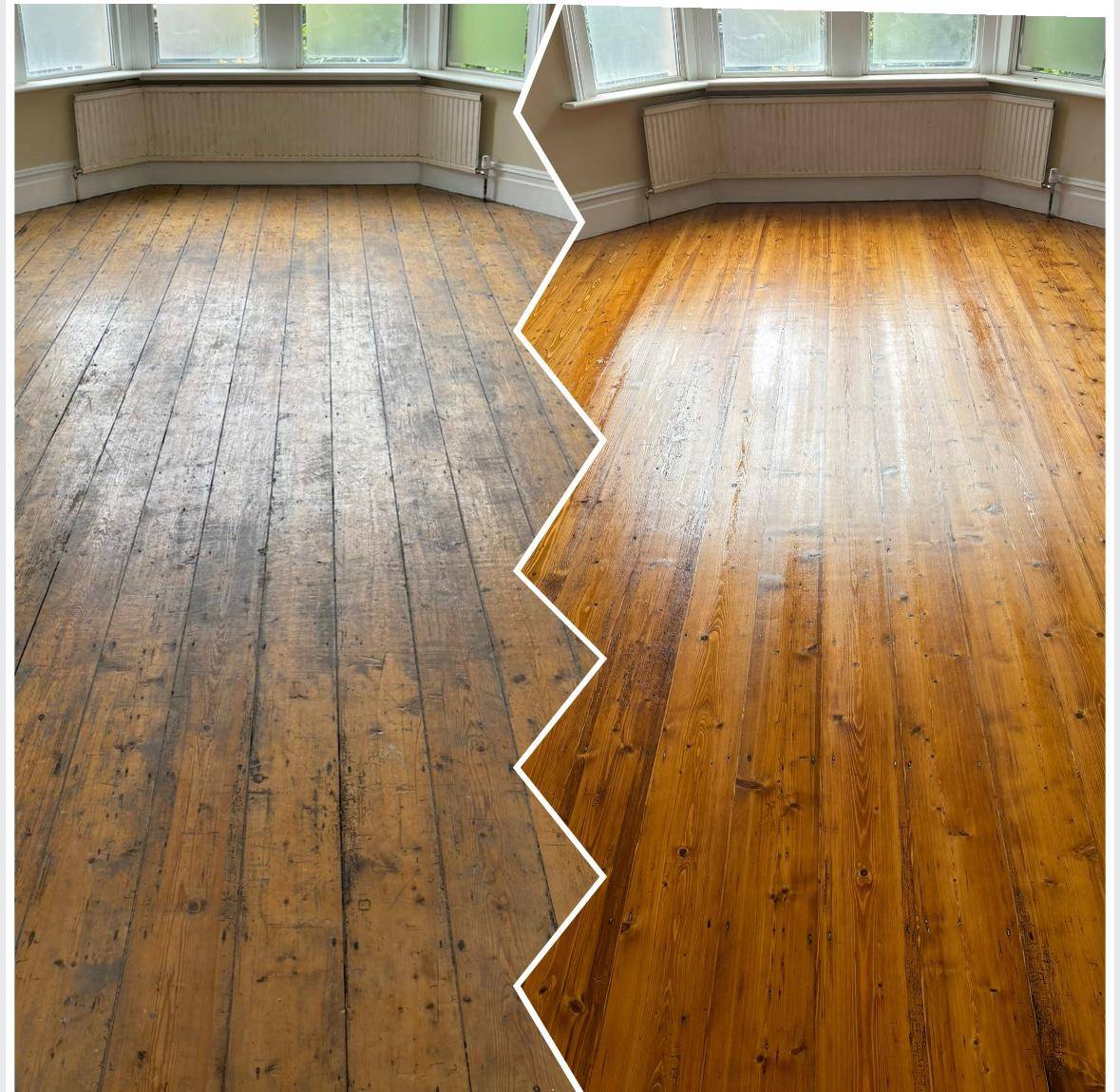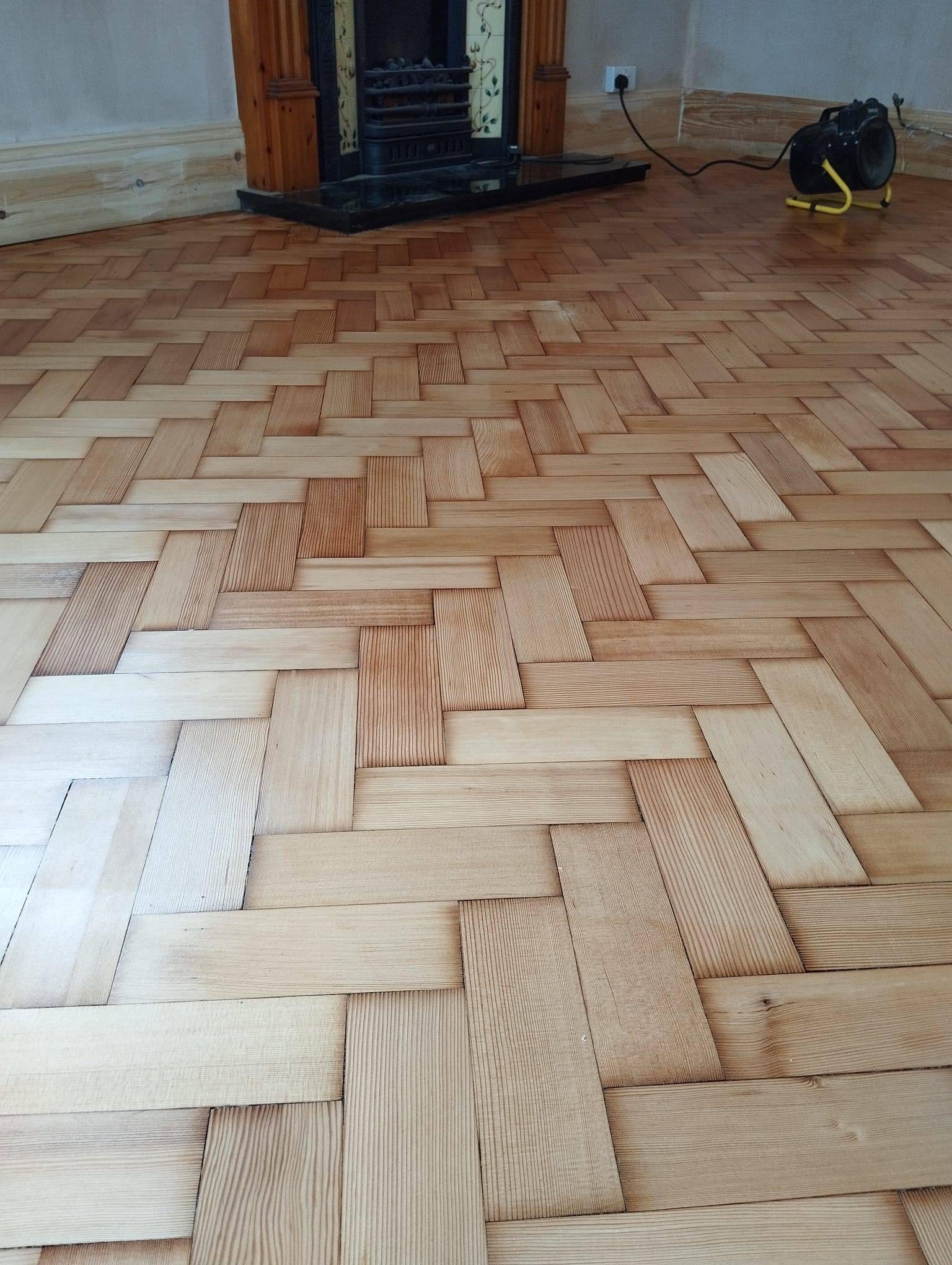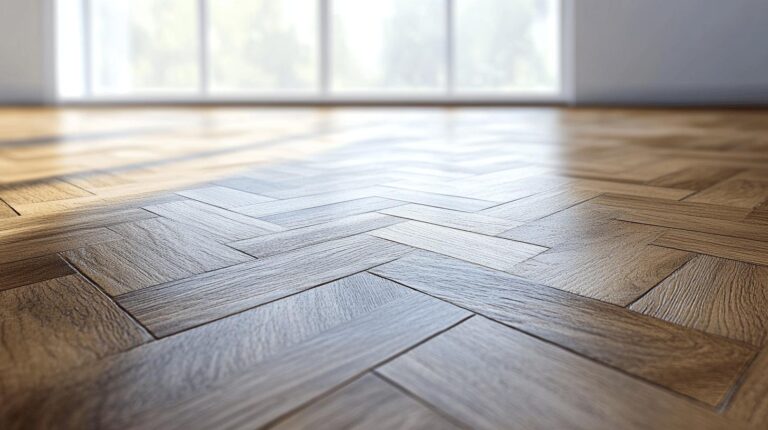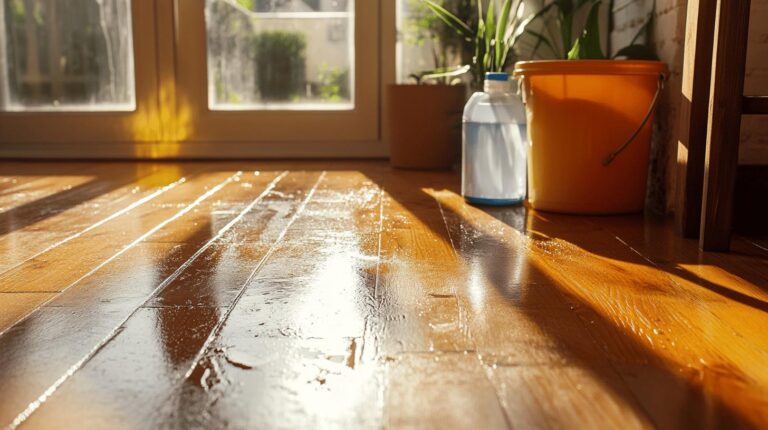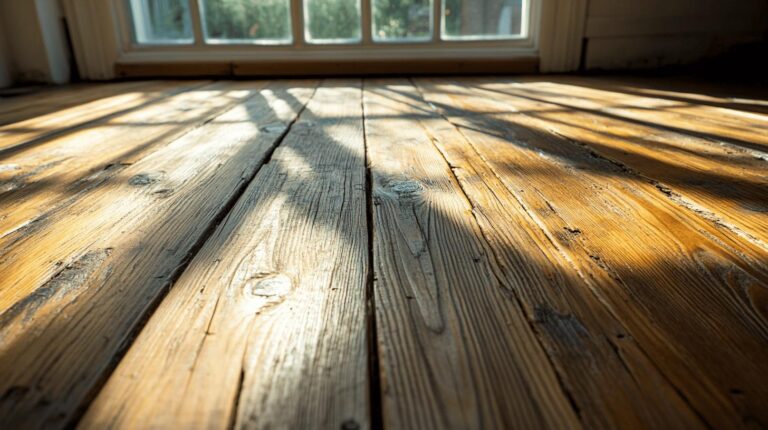Can you imagine the disappointment of a game disrupted by poorly marked lines on a sports court? Accurate sports court line-marking isn’t just about clean lines and precision; it’s the backbone of fair play and flawless gameplay. After sanding and sealing, ensuring these markings are as precise as possible can’t be underestimated. They define game boundaries, ensuring fair play and a polished appearance. This article discusses how to maintain line-marking accuracy post-sanding and sealing, ensuring that both aesthetic and functional integrity are preserved on the court.
Importance of Accurate Sports Court Line-Marking After Sanding & Sealing
Accurate sports court line-marking is essential for maintaining the court’s functionality and aesthetics after sanding and sealing. When lines are precisely marked, they provide clear boundaries and guidelines, ensuring that players understand the limits of play. This clarity contributes to a polished appearance, enhancing the overall visual appeal of the court. Properly marked lines also assist in the organisation of games, allowing for smooth transitions between different sports and activities.
Precision in line-marking is crucial for upholding game integrity and enhancing player experience. Clear and accurate lines ensure fair play by providing an unmistakable reference for referees and players alike. Players can focus on their performance without distractions caused by ambiguities in court boundaries. Furthermore, well-defined lines contribute to a professional atmosphere, which can boost player confidence and spectators’ enjoyment.
Inaccurate line-marking can lead to significant issues, including game disruptions and player confusion. Misplaced or inconsistent lines may cause disputes over in-play decisions, leading to frustration among players and officials. Such inaccuracies can result in unfair advantages or disadvantages, compromising the fairness of the game. Additionally, poorly marked courts may detract from the venue’s appearance, potentially impacting its reputation and attractiveness for future events.
Preparing the Court for Accurate Line-Marking
The preparation phase is vital for ensuring accurate line-marking on sports courts. Proper preparation creates a flawless foundation, allowing the line-marking to adhere effectively and maintain its visibility over time. Without this critical step, even the most precise measurements and high-quality materials will fail to produce the desired results. The process begins with ensuring that the court’s surface is suitable for marking, which involves a series of essential preparatory actions.
Cleaning the court thoroughly is the first step in the preparation process. Debris, dust, and any old marking residue must be removed to create a smooth surface. This cleaning involves sweeping and vacuuming the area to eliminate loose particles, followed by washing with appropriate cleaning solutions to clear any oils or stains that could interfere with paint adherence. A clean surface ensures that new markings will stick securely and appear vibrant.
Sanding is the next crucial step, as it removes old floor lacquer that may impair the adherence and visibility of new markings. Proper sanding techniques involve using graded sandpapers to gently strip away the lacquer without damaging the underlying wood or surface material. This process not only removes the old finish but also opens the wood’s pores, enhancing the absorption of new paint and sealants. Ensuring the surface is smooth and even is paramount for the accuracy of line-markings.
After sanding, the drying process is essential to prepare the court for line-marking. The surface must be completely dry to avoid any moisture-related issues, which can cause paint to bubble or peel. Allow sufficient time for the court to dry naturally or use industrial fans to facilitate faster drying. Ensuring the surface is devoid of moisture is crucial for achieving a flawless and long-lasting finish.
- Sweep and vacuum the court to remove all dust and debris.
- Wash the surface with suitable cleaning solutions to eliminate oils and stains.
- Sand the court using graded sandpapers to remove old lacquer and smooth the surface.
- Inspect the area for any uneven spots and address as needed.
- Allow the court to dry thoroughly before proceeding with line-marking.
.
Choosing the Right Materials for Line-Marking

Using high-quality materials is crucial for achieving precise line-marking on sports courts. High-quality acrylic paints are recommended due to their durability and vibrant finish, which enhances visibility and withstands wear over time. Masking tape is indispensable for ensuring clean, sharp edges during the paint application process. Precise measuring tools such as laser levels and measuring tapes facilitate accurate line placement, ensuring consistency across the court. Investing in superior materials not only ensures the longevity of the markings but also reduces the need for frequent maintenance and touch-ups.
Ensuring compatibility between the chosen paint and the court’s surface sealant is vital to prevent adherence issues. Some sealants may react with certain paints, leading to peeling or fading. Testing a small area of the court with the selected paint can help verify that it adheres correctly and maintains its intended colour and finish. This precautionary step helps to avoid costly mistakes and ensures that the line-marking process proceeds smoothly and effectively.
- High-quality acrylic paints for durability and visibility
- Masking tape for clean and precise edge definition
- Measuring tools such as laser levels and tapes for accuracy
- Test paint on a small area to ensure compatibility and adherence
.
Techniques for Ensuring Line-Marking Precision
Precise measurements and alignment are crucial in achieving flawless line-marking on sports courts. How important is precision in line-marking? Precision is essential as it ensures that the lines are straight and properly positioned, which is vital for maintaining fairness and clarity in gameplay. Accurate measurements prevent discrepancies and misalignments that can disrupt the flow of a game. Employing reliable alignment techniques, such as using laser levels and chalk lines, helps in establishing straight lines that define the court’s boundaries effectively.
Utilising specialised tools and machines can significantly enhance the precision of line-marking. What tools are most effective for precise line-marking? Line marking machines are particularly useful as they provide consistent application and help maintain uniformity in line thickness. Stencils are another valuable tool that aids in creating exact shapes and symbols on the court. These tools, when used alongside measuring devices, ensure that the markings are placed correctly and consistently across the entire surface, thereby enhancing the overall appearance and functionality of the sports court.
Masking techniques and the application of paint play a pivotal role in achieving sharp and clean line-markings. How do masking techniques contribute to line-marking precision? Masking tape is used to define the edges of lines, preventing paint from bleeding and ensuring clean, sharp edges. Applying multiple layers of paint may be necessary to achieve vibrant and durable markings, especially on courts that experience high foot traffic. This approach helps in maintaining the visibility of lines over time, ensuring that they remain distinct and effective for gameplay.
Ensuring Consistency in Line Width
Consistency in line width is vital for clear visibility and uniformity in court markings. Why is consistent line width important? It ensures that players and officials can easily distinguish boundaries and navigate the court without confusion. Consistent widths contribute to a professional appearance, enhancing both the aesthetics and functionality of the sports court.
Overcoming Challenges in Sports Court Line-Marking
What challenges arise from a newly sealed surface in sports court line-marking? The primary challenge is the impact on paint adherence and visibility. When a court is freshly sealed, the surface can become slick, making it difficult for line-marking paint to adhere properly. This can lead to peeling, fading, or irregular paint application. Additionally, the reflective nature of some sealants may affect the visibility of the lines, especially under different lighting conditions, creating a challenge in maintaining clear and distinct boundaries on the court.
How can selecting compatible materials help overcome these challenges? Choosing the right combination of paint and sealant is vital. Paints designed specifically for sports courts often have formulations that enhance adherence even on sealed surfaces. It is crucial to select paints that are chemically compatible with the sealant used. This compatibility ensures that the paint bonds effectively with the surface, reducing the risk of peeling or fading. Testing various paint-sealant combinations on a small section of the court can help determine the most effective pairing, ensuring that the line-markings remain durable and visible.
What are some tips for timing and testing to enhance paint adherence? Allowing the sealant to cure fully before applying line-markings is essential. Curing times can vary depending on the sealant type, but ensuring the surface is completely dry will facilitate better paint adherence. Conducting a small-scale test of the chosen paint on the sealed court can verify its compatibility and performance. This step also helps in assessing the visibility of the lines and making any necessary adjustments before full-scale application.
- Choose paint specifically formulated for sports courts to ensure better adherence.
- Test paint-sealant compatibility on a small section of the court before full application.
- Allow sealant to cure fully to enhance paint bonding and reduce peeling risks.
- Adjust line-marking techniques based on lighting conditions to ensure visibility.
.
Maintenance and Longevity of Sports Court Line-Markings
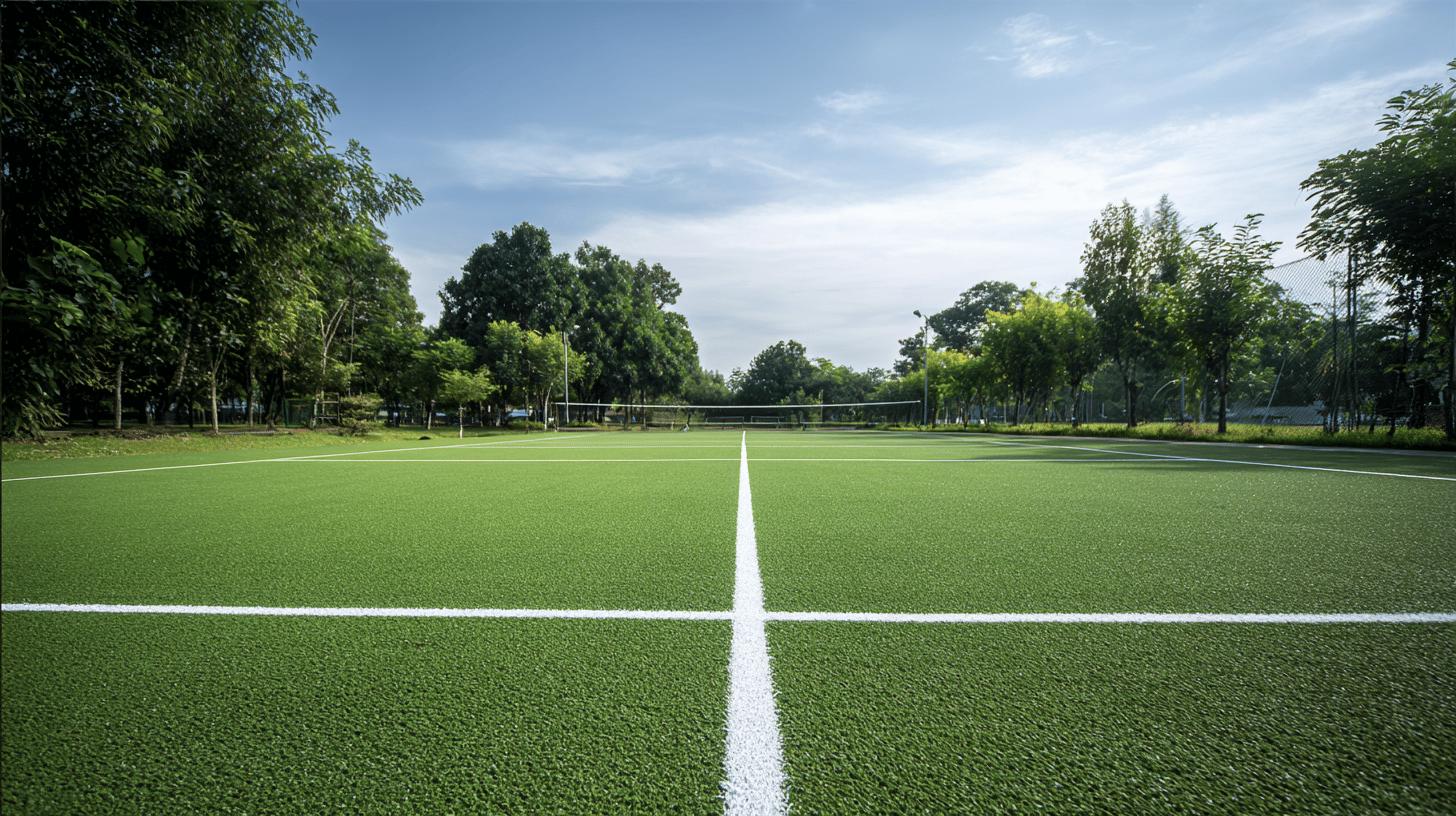
Regular maintenance of sports court line-markings is crucial to ensure their durability and visibility. What does routine maintenance include? Routine maintenance involves consistent cleaning to remove dirt and debris that can obscure markings. This practice helps in maintaining the clarity of the lines, especially in outdoor courts where environmental factors such as dust and leaves can accumulate. Scheduled re-marking is another essential aspect of maintenance, allowing for the restoration of faded lines due to wear and tear. By adhering to a maintenance schedule, facility managers can ensure that the court markings remain clear and functional, providing players with a reliable play environment.
Why are timely repairs and re-marking important? Timely repairs are vital for addressing any damage or fading that may impact the clarity of the line-markings. Promptly attending to these issues prevents further deterioration and ensures that the court remains safe and aesthetically pleasing. High-traffic courts, in particular, require more frequent touch-ups to counteract the effects of heavy use, which can accelerate the wear process. Re-marking lines at regular intervals not only maintains their visibility but also extends the overall lifespan of the court’s surface by protecting it from extensive damage.
- Implement a regular cleaning schedule to keep markings clear and free from debris.
- Conduct inspections and promptly repair any damaged or faded line-markings.
- Establish a routine re-marking schedule to maintain visibility and prolong court longevity.
.
Final Words
Accurate sports court line-marking after sanding and sealing ensures both functionality and aesthetics. Precise markings define boundaries, enhancing fair play and the player experience, while poor accuracy can lead to confusion. Proper preparation, including cleaning, sanding, and selecting the right materials, is vital for successful line-marking application. Challenges such as paint adherence require careful material compatibility checks and timing management.
Following these detailed steps, Sports Court Line-Marking: Accuracy After Sanding & Sealing can be achieved successfully. Maintaining these markings with regular cleaning and touch-ups ensures their longevity and reliability in all sporting activities.
Line your court perfectly → Sports Hall Floor Sanding
FAQ
Q: Why is accurate line-marking important after sanding and sealing sports courts?
A: Accurate line-marking ensures the court remains functional, with clear boundaries for fair play and a polished look. Inaccurate markings can confuse players and disrupt games.
Q: How does sanding and sealing affect sports court line-marking accuracy?
A: Sanding and sealing can remove old markings, impacting the surface’s visibility and texture, requiring precise line-marking to ensure restored accuracy and clarity.
Q: What are key preparation steps for accurate line-marking after sanding and sealing?
A: Preparation involves cleaning, ensuring evenness, proper sanding, drying, and using suitable materials for effective line-marking.
Q: What materials are recommended for accurate sports court line-marking?
A: High-quality acrylic paints, masking tape, measuring tools, and compatible sealants are essential for effective and accurate line-marking.
Q: What techniques ensure precision in sports court line-marking?
A: Precision measurement, alignment, using marking machines and stencils, and applying multiple paint layers ensure consistent and accurate line-markings.
Q: What challenges can arise when line-marking sports courts after sealing, and how can they be overcome?
A: Sealing impacts paint adherence and visibility; using compatible materials, allowing sealant to cure, and testing beforehand can mitigate these challenges.
Q: How can the longevity of sports court line-markings be maintained?
A: Regular cleaning, scheduled re-marking, and prompt repairs contribute to long-lasting, clear line-markings. High-traffic courts may need more frequent maintenance.
